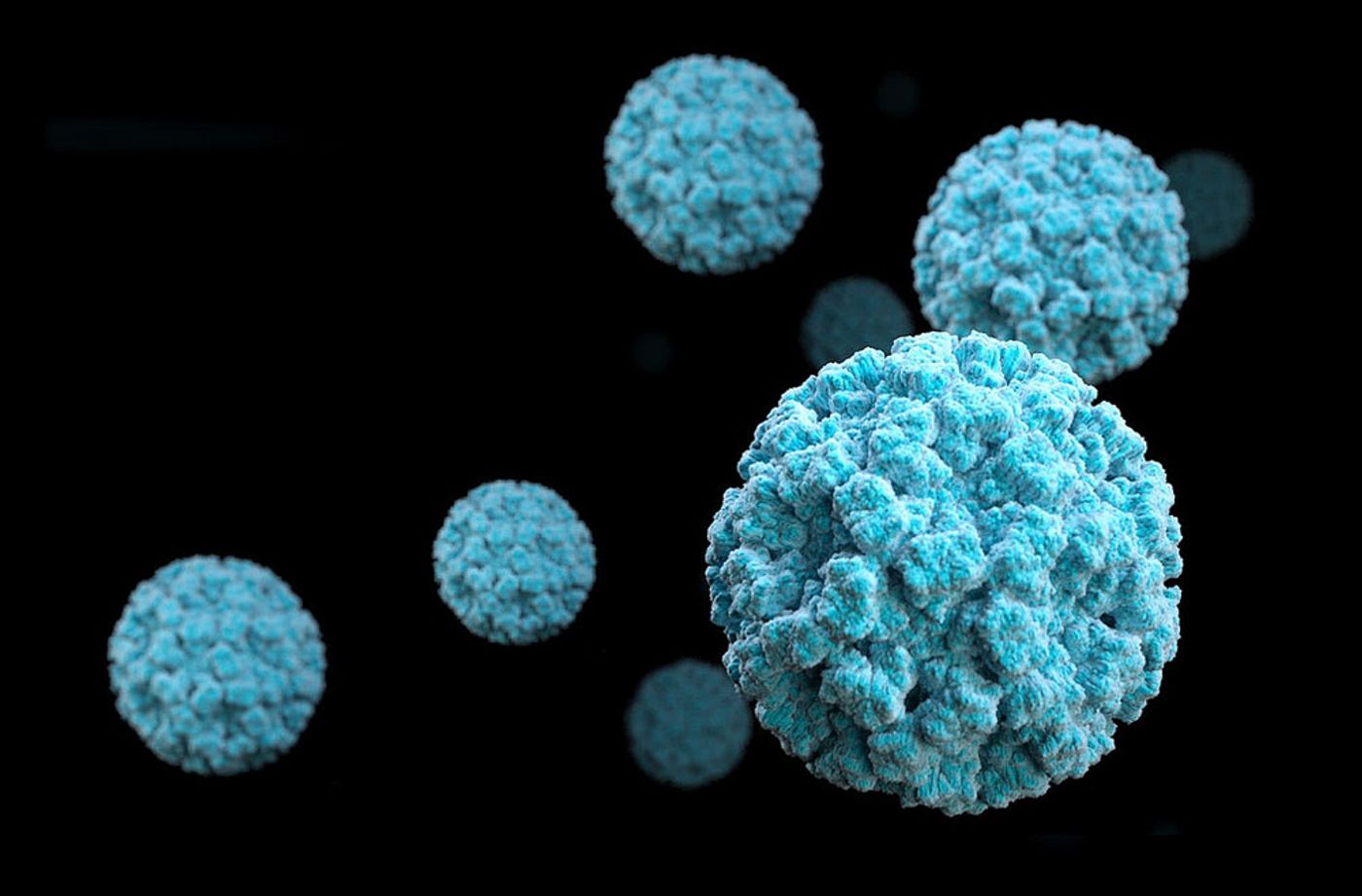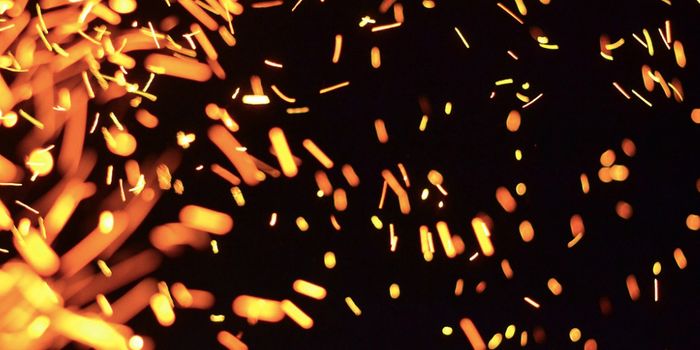Norovirus Sneaks Around in the Gut to Avoid Detection
Norovirus is infamous for its invasion of cruise ships, daycares, and other places where a viral infection is particularly devastating. In a new study from the University of Pennsylvania School of Medicine, scientists strip away some of the mystery surrounding this virus, revealing how it manages to avoid the immune system and persist for months at a time.
Norovirus is extremely contagious, and with so my strains of the virus in the world, you can become infected multiple times. Scientists say it is the “leading cause of nonbacterial gastroenteritis in the world,” a condition people often refer to as the “stomach flu.” Norovirus is responsible for 20,000 deaths and millions of infections each year across the globe.
In the new study, published in the journal Immunity, researchers used a mouse model of norovirus infection, watching how the virus slips through the cracks, avoiding the immune attack even when the mice had been immunized against the virus.
It turns out the norovirus takes cover in a rare gut cell that has virtually no contact with the immune system. Researchers say this may explain why current vaccines don’t work against norovirus, even when researchers see an antibody response after administration.
"Understanding the unique norovirus characteristic of hiding from the host immune system may explain its biology and present opportunities to improve vaccines and therapeutics,” explained senior author E. John Wherry, PhD.
Norovirus persists in some cases but not in others. Why? Some infected people continue to be contagious for weeks and months after initial infection. What happens to the immune system in these cases that prevents the body from eliminating 100 percent of the virus?
Wherry and other researchers thought that, perhaps, T cells become “exhausted” after fighting the virus for several days. However, when researchers tested this hypothesis in mice infected with a chronic norovirus strain versus an acute strain, T cells were just as effective after months of norovirus infection as they were in the days following the acute infection. It wasn’t T cell exhaustion promoting norovirus persistence.
After a closer look at the initial immune response to norovirus, researchers saw T cells elicit a strong reaction and take control of norovirus for about three days. After that, in some cases, T cells could not detect norovirus. The virus was there, but the T cells couldn’t “see” it.
This is where they discovered that norovirus hides in rare gut cells, a type of cell representing an extremely small minority of the billions of other cell types in the gut. These cells do not “talk” to T cells, so norovirus can replicate in peace.
"We found a novel escape mechanism where norovirus becomes essentially invisible to the immune system in the intestine while still producing large amounts of virus that is shed from the intestines," explained first author Vesselin T. Tomov, MD, PhD.
This finding means future vaccines would need to act fast, before norovirus moves to the gut to hide in cells.And now that researchers know where norovirus is hiding, they can develop drugs, potentially T cell-based, to go and find it.









